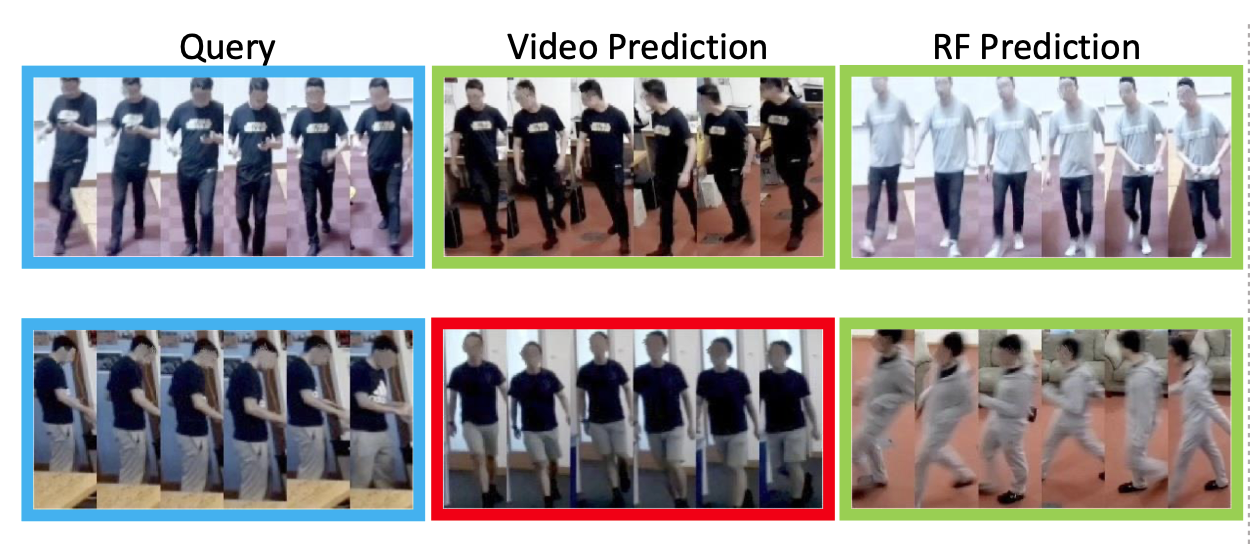For several years, an MIT team led by professor Dina Katabi has been working on a device that can measure a person’s vital signs like heart-rate and breathing without any physical contact, by analyzing the wireless signal in the environment. They’ve employed the system in retirement homes and hospital environments, with the goal of enabling health-care professionals to remotely monitor the sick and the elderly for various health issues, including Parkinson’s and dementia.
This week, the researchers out of MIT’s Computer Science and Artificial Intelligence Lab (CSAIL) have gone another step further with the system: in a new paper, they show that they can uniquely identify a person they’ve monitored before, from a larger set of upwards of 40 different subjects. Furthermore, they can do so without collecting any private data about specific individuals.
This means that their system, which they call “RF-ReID” (for “radio-frequency re-identification”), could be used to continuously monitor multiple people in a group living setting. For example, in conjunction with the team’s work detecting heart-rate and breathing, RF-ReID could be employed in retirement homes to track changes in people’s vital signs to detect outbreaks of infectious diseases like COVID-19.
RF-ReID essentially takes the collective pulse of the larger community so that it can monitor larger trends about community members’ day-to-day health. If the system notices that multiple (anonymized) individuals have had labored breathing or reduced heart-rates, it could alert care workers and encourage them to consider doing a round of COVID-19 tests.
“The new invention allows us to identify measurements from the same person, but without collecting identifying private information about them, including their appearance,” says Katabi.
Scientists have tried other approaches for tracking measurements from the same person over time, like installing cameras or having residents walk around with wearable devices. Katabi says that such approaches are both impractical and don’t offer the same privacy guarantees as RF-ReID. (Cameras, for instance, are inherently intrusive, and also often fail when a person changes their clothes or appearance. Meanwhile, location-tracking collects a lot of sensitive data about people’s whereabouts, and only works if everyone remembers to keep the sensor or smartwatch on them at all times.)
RF-ReID is able to re-identify people using a range of qualities it infers from radio signals such as their body size, walking speed, and even walking style. For example, Parkinson’s patients have a distinctive gait that tends to be much slower and more jolting.
The team used the system in 19 different homes, and found that, after training it on more than 20 people, it could look at a new person and re-identify them after less than 10 seconds of physical activity.
Lijie Fan and Tianhong Li, the graduate students who developed the re-identification system, plan to adapt it to detect and track health problems in retirement homes and among high risk populations.
Katabi, Fan, and Li developed the project alongside visiting scholar Rongyao Fang, master’s student Rumen Hristov and postdoctoral associate Yuan Yuan.

